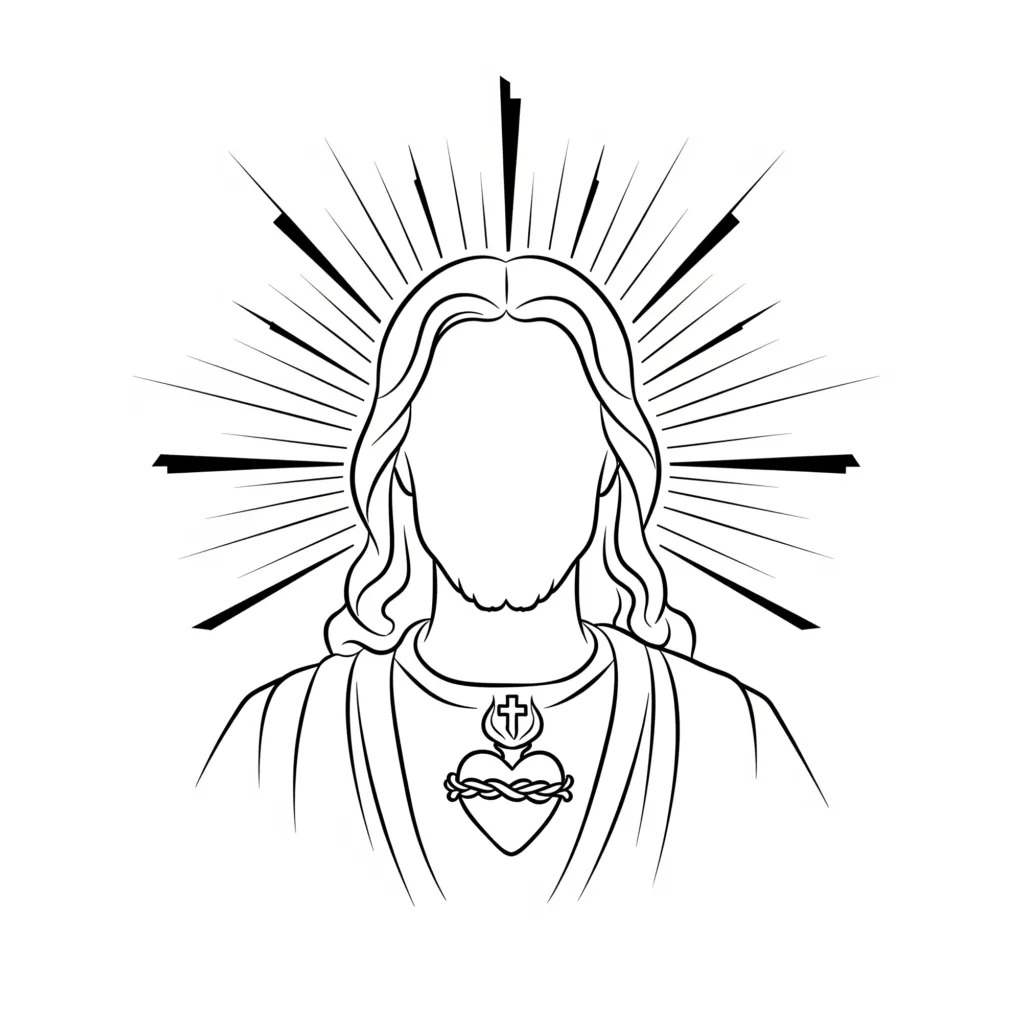
“Let this mind be in you, which was also in Christ Jesus…” — Phil 2:5
Neville Goddard taught that Jesus is not an external figure but a psychological pattern — the moment a person becomes consciously aware of how they mentally judge, limit, or rule out themselves, and instead decides to direct those inner rulings toward the enjoyable end they choose to experience, staying faithful to that decision until it becomes fact.
This is salvation: freeing yourself from old limitations by assuming a new version of you.
Christ: The One Set Apart
“Christ” means the one set apart, and chosen — not by ritual but by awareness. It is the state of mind that:
- knows imagination creates reality
- selects a desired outcome
- feels that outcome as real
- refuses to move from that inner stance
You already hold this creative authority. The Bible simply shows you how to use it.
Every miracle in the Jesus story begins with an internal shift:
A new assumption → a new result
Healing, rising from death, feeding the multitudes — all symbolise how quickly conditions change when awareness changes.
The Bible as the Evolution of Assumption
The Scriptures chart the mind growing into its own creative power:
- Genesis — pure potential
- Abraham — the first bold assumption (faith)
- Jacob — persistence in imagination
- Joseph — rulership through vision
- Moses — inner law
- David — confidence in inner power
Jesus is the culmination — the point where the individual recognises I AM the cause of everything experienced.
The Crucifixion and Resurrection
Fixing an assumption → rising into its fulfilment
The crucifixion symbolises fastening your desired identity firmly within. The resurrection is stepping into life as the one you have assumed yourself to be.
You don’t wait for the world to change first. You change in imagination — and the world follows.
“I and my Father are one.”
— Imagination (mechanism) acting in unity with consciousness (cause).
Why the Healings Were Immediate
The Gospels repeatedly say “immediately,” “at once,” and “straightway.” Why? Because a new assumption doesn’t need time — only acceptance.
When the inner verdict changes, the outer world rearranges.
- Leprosy leaves at once when Jesus says “Be clean.”
- The paralysed man stands immediately when told “Rise… walk.”
- Sight returns with no delay when told to “Go, wash…”
These immediate shifts demonstrate the Law of Assumption in action — the instant dismissal of limitation through the conscious assumption of a desired state.
Believing in Jesus = Using the Pattern
To believe in Jesus is not to cling to a story — but to copy the method:
- Stop reacting to appearances
- Assume the result
- Live from it as though it’s already done
That is the “mind of Christ.” That is salvation. That is the Law of Assumption.
“Christ in you, the hope of glory.”
— Colossians 1:27
